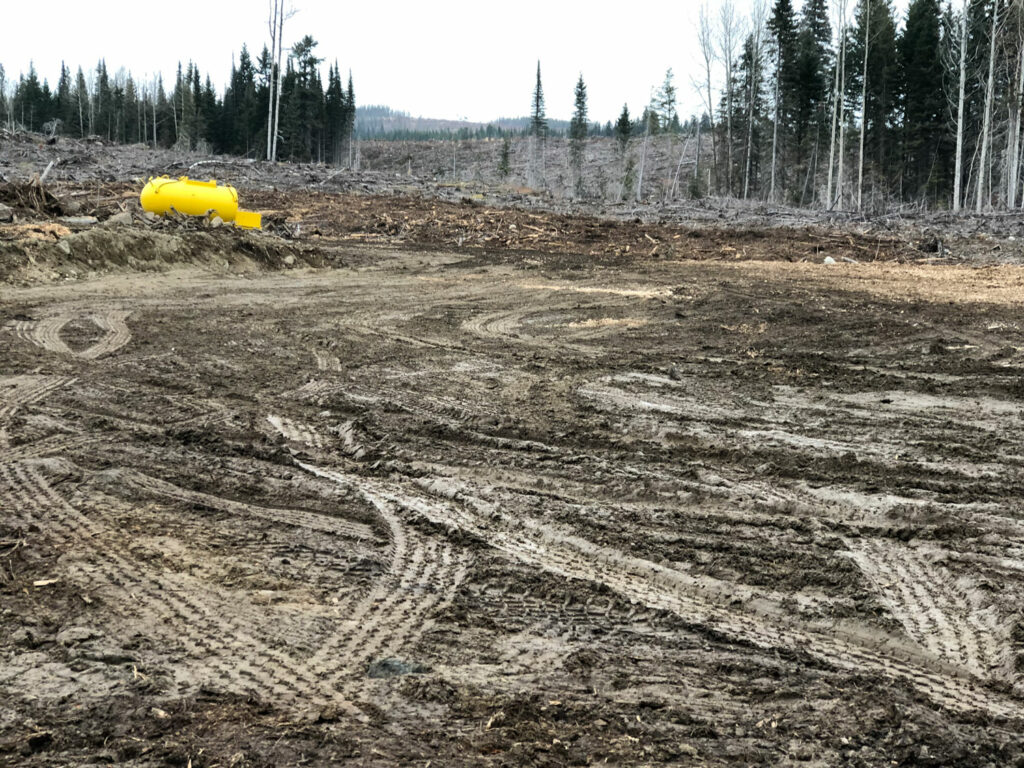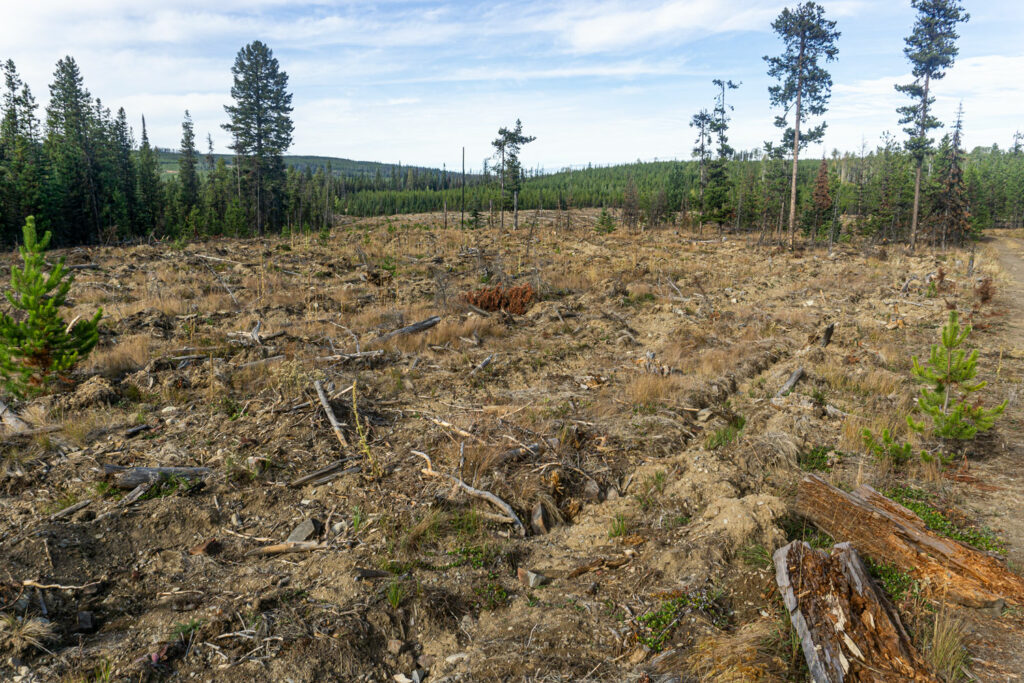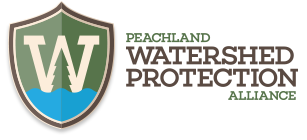A healthy watershed supports a number of essential natural processes, required for all life on Earth and provides habitats for native species of plants and animals.

How do we know if our watershed is healthy or not?
The water regime (hydrology): -A healthy watershed supports dynamic waterflows and landforms, and the processes that create and mold them. It supports ALL these processes within their natural range of variation.
Habitat (the place where native plants, animals and other organisms live): A healthy watershed supports habitat of sufficient sizes and connectivity, to support native aquatic and riparian (areas adjacent to rivers and streams) species.
Physical and chemical water quality – In a healthy watershed, water conditions able to support healthy biological communities.
A healthy watershed has the structure and function in place to support healthy aquatic ecosystems.
Key components of a healthy watershed include:
- Intact and functioning headwater streams, floodplains, riparian corridors, isolated safe places for living things, that provide food, shelter and the ability to reproduce (called refugia),
- Natural vegetation in the landscape; and
- Hydrology, sediment transport, fluvial geomorphology, and disturbance regimes expected for its location.
Benefits of a Healthy Watershed
People benefit from healthy watersheds in numerous ways, generally unseen and unrecognized by the average citizen:
Healthy watersheds are necessary for virtually any high quality outdoor recreation sites involving the use of lakes, rivers, or streams. Great fishing opportunities are usually due to healthy watersheds that surround the waters that people love to fish.
Peachland’s drinking water comes from surface water sources, and so might be substantially less expensive to treat, if a healthy watershed around the water source filters sediment, ecoli bacteria, mining and industrial waste, and other pollution for free.
Property values may be higher, if you are fortunate enough to reside near healthy rather than impaired waters.
Floods and droughts are less frequent and less severe, as healthy forest cover helps the land absorb snowmelt and rainwater quickly, and release it slowly. Clear-cuts force faster water runoff which in turn can cause larger and more frequent floods downstream. With less water being absorbed into the ground and being collected in wetlands, droughts are more frequent which can mean more frequent and intense wildfires.
(source: https://www.epa.gov/)
Is Peachland’s Watershed Healthy?
Professional forester, Herb Hammond explains how unhealthy and degraded Peachland’s watershed actually is. And yes, it’s worse than you think.

Herb wrote “This is quite a story of ecosystem degradation being ignored and continued despite obvious detrimental changes to ecosystem processes. The story is also a blatant example of putting the short-term needs of industrial development ahead of the ongoing social needs of the Peachland community. In my view, from policy and planning to operations and evaluations, this is a text book example of “how not to do it” in watersheds.”
Natural vegetative cover in the landscape, including the riparian zone, helps maintain the natural flow regime. A stream’s flow regime refers to its characteristic pattern of flow magnitude, timing, frequency, duration, and rate of change. The flow regime plays a central role in shaping aquatic ecosystems and the health of biological communities. Alteration of natural flow regimes (e.g., more frequent floods) can reduce the quantity and quality of aquatic habitat, degrade aquatic life, and result in the loss of ecosystem services. Peachland has been impacted hard by 3 extreme floods in 4 years. Could this be because our watershed is not healthy?
Natural vegetative cover in the landscape, including the riparian zone, helps maintain fluctuations in water levels in lakes and wetlands. This, in turn, helps maintain natural geomorphic processes, such as sediment storage and deposition, that form the basis of aquatic habitats. Connectivity of aquatic and riparian habitats in the longitudinal, lateral, vertical, and temporal dimensions helps ensure the flow of chemical and physical materials and movement of biota -the animal and plant life of a given region- among habitats . Peachland\’s drinking water suffers from high turbidity – brown water – from too many sediments in the water. Could this be because our watershed is not healthy??
Mr. Hammond has lots more information in his analysis, which we will be sharing in the coming weeks. In the meantime, please read his Guest Article from the West K News. Or read the archive text READ HERE
